15 Best Compost Materials to Add in Autumn for Rich Spring Soil
Autumn is one of the best times to feed your compost pile with materials that will break down over the colder months. By spring, you’ll have soil that is rich, dark, and ready to support strong plant growth. Adding the right mix of ingredients now will set the stage for a healthy garden when the new season begins.
This post may contain affiliate links, which helps keep this content free. Please read our disclosure for more info.
Fallen Leaves
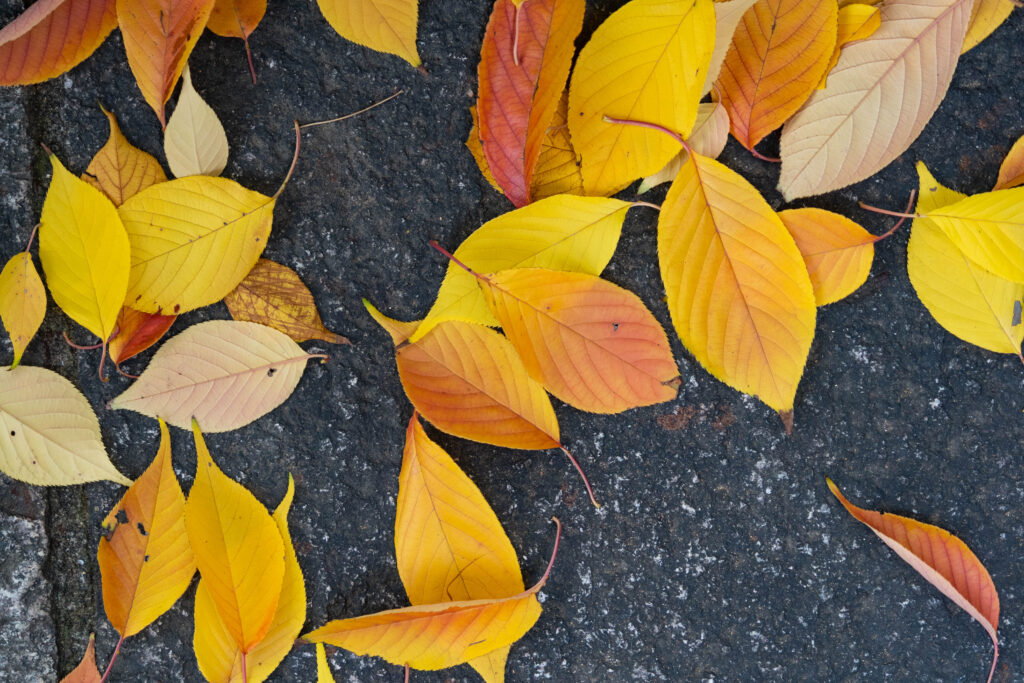
Shredded leaves are one of the easiest autumn resources to add to compost. They provide an excellent source of carbon, which balances nitrogen-rich kitchen waste. Leaves also help aerate the pile, especially when mixed in layers.
Whole leaves can mat together, so chopping or shredding them makes the process faster. Oak and maple break down well, while tougher leaves like sycamore take longer. Either way, they create a fluffy texture that blends well into spring soil.
Grass Clippings
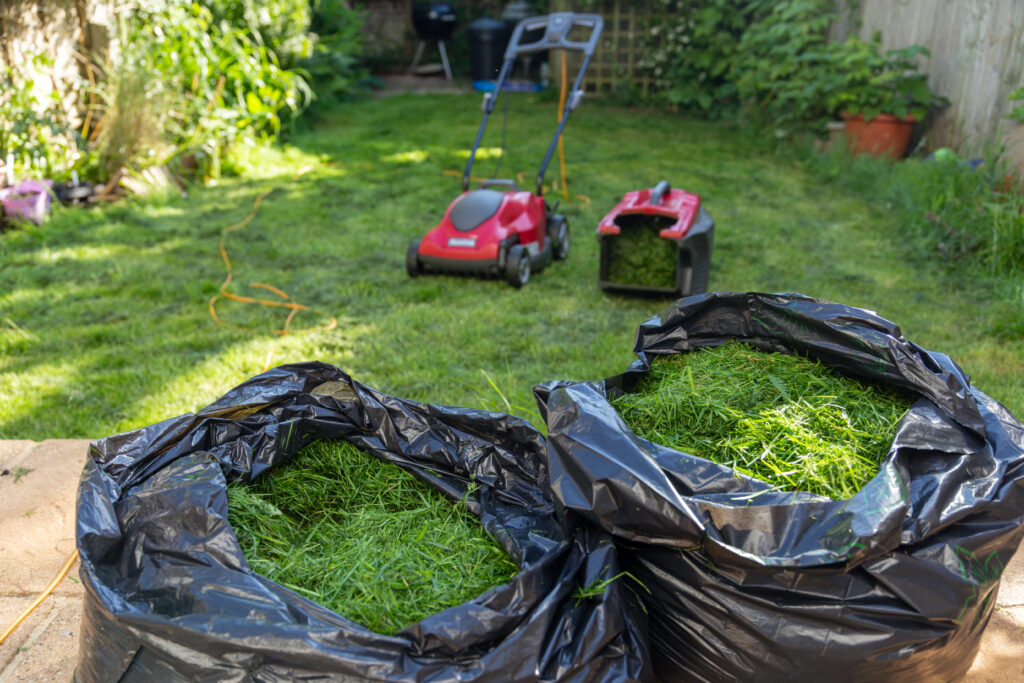
Fresh grass clippings are loaded with nitrogen, which heats up a compost pile quickly. When mixed with dry materials like leaves or straw, they create an ideal balance. They also break down fast, so you’ll see results sooner.
To prevent clumping, add clippings in thin layers rather than dumping them in all at once. If left in heavy mats, they can turn slimy and smelly. Combining them with dry, crunchy materials will help the pile breathe and decompose evenly.
Vegetable Kitchen Scraps
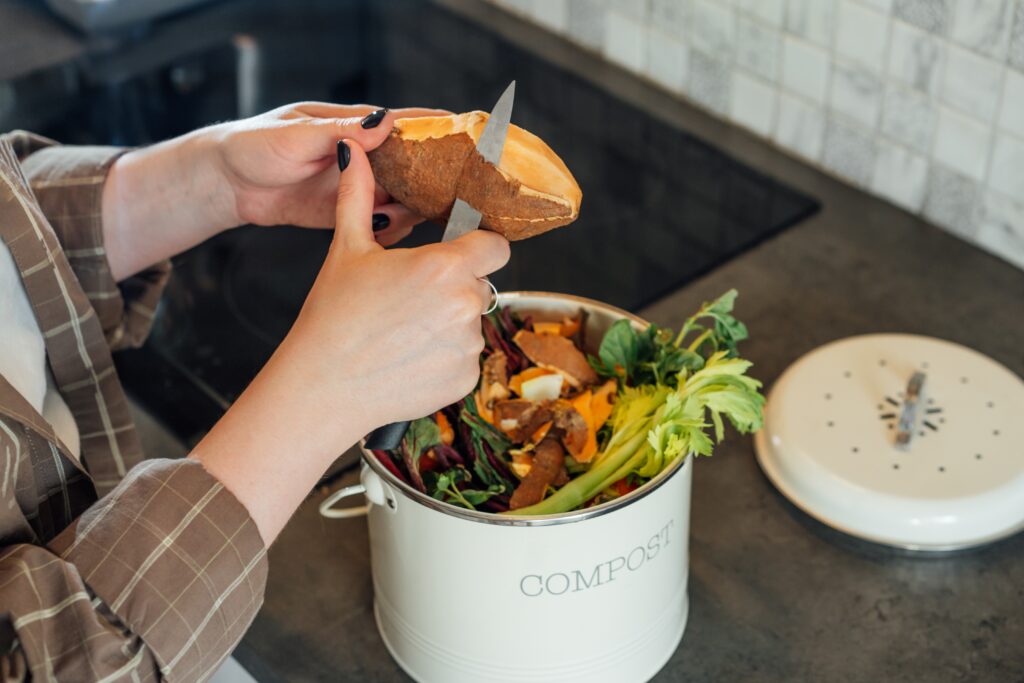
Peels, cores, and trimmings from vegetables are perfect for adding quick nutrition to compost. Carrot tops, cucumber skins, and potato peels decompose rapidly, feeding microbes in the pile. These scraps also introduce moisture, which helps balance drier ingredients.
It’s best to chop larger pieces before tossing them in. This speeds up decomposition and prevents chunks from lingering into spring. Avoid adding anything moldy or rotten in large amounts, as it can attract pests.
Fruit Scraps
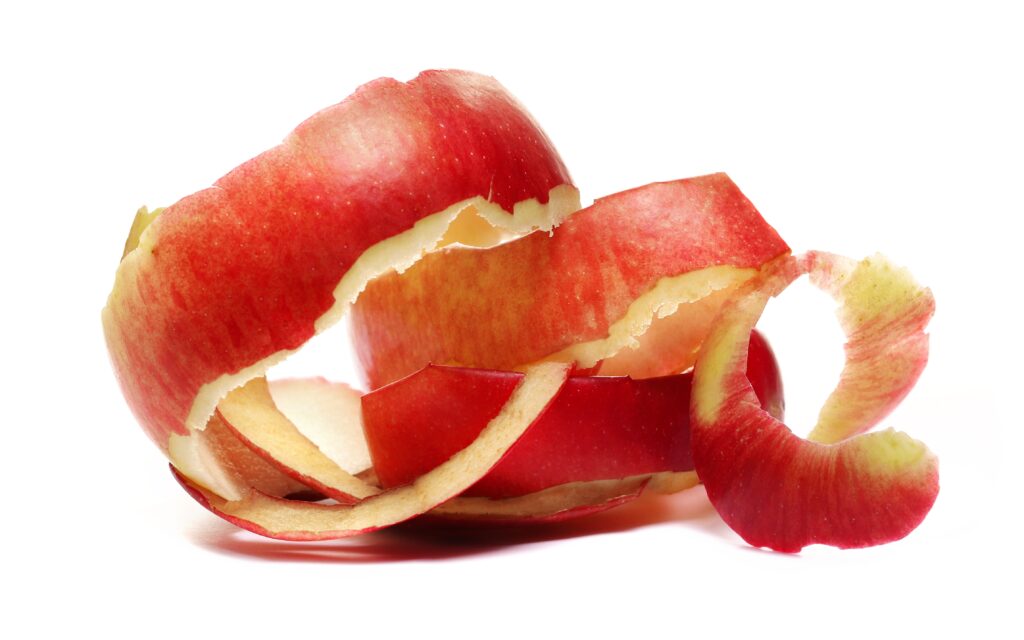
Apple peels, melon rinds, and leftover pears are packed with natural sugars. These sugars give microbes a quick energy source, making the pile more active. Fruit also adds nitrogen and moisture, helping balance dry carbon materials.
Pumpkin shells and autumn gourds are especially useful this season. Chop them into smaller pieces to help them break down faster. Just keep citrus peels in moderation, since they can make the pile too acidic.
Coffee Grounds
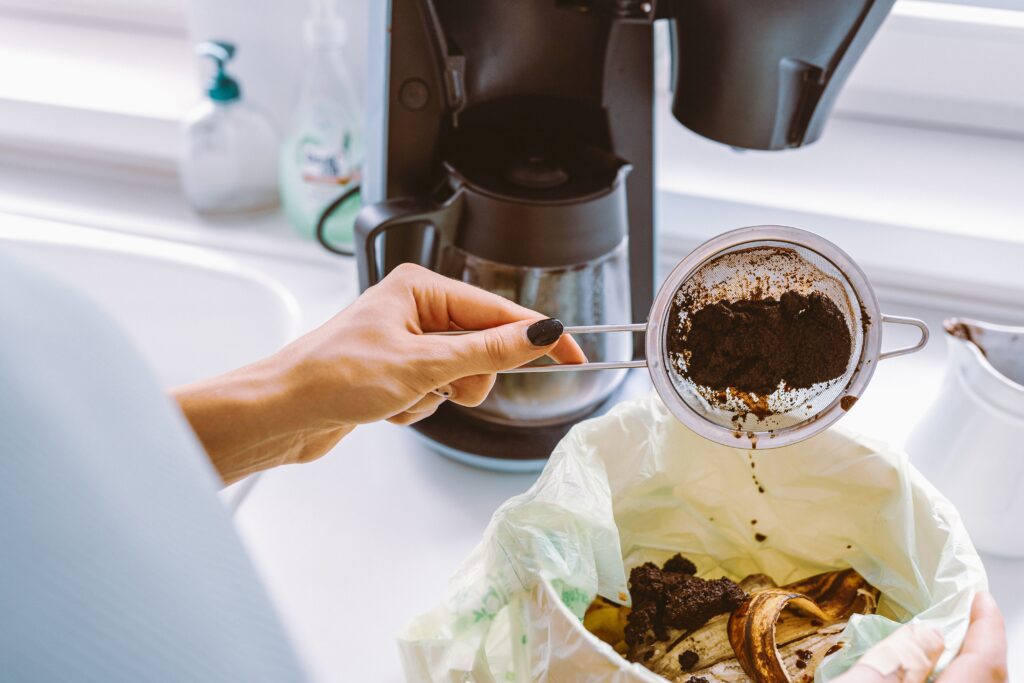
Coffee grounds bring a steady supply of nitrogen to compost. They also improve soil structure once fully broken down. Worms are drawn to them, which helps aerate and enrich the mix.
Used filters can go into the pile as well, as long as they’re paper-based. Since grounds can clump, sprinkle them thinly and mix with drier materials. This keeps the pile balanced and prevents it from becoming too heavy.
Tea Bags and Loose Tea
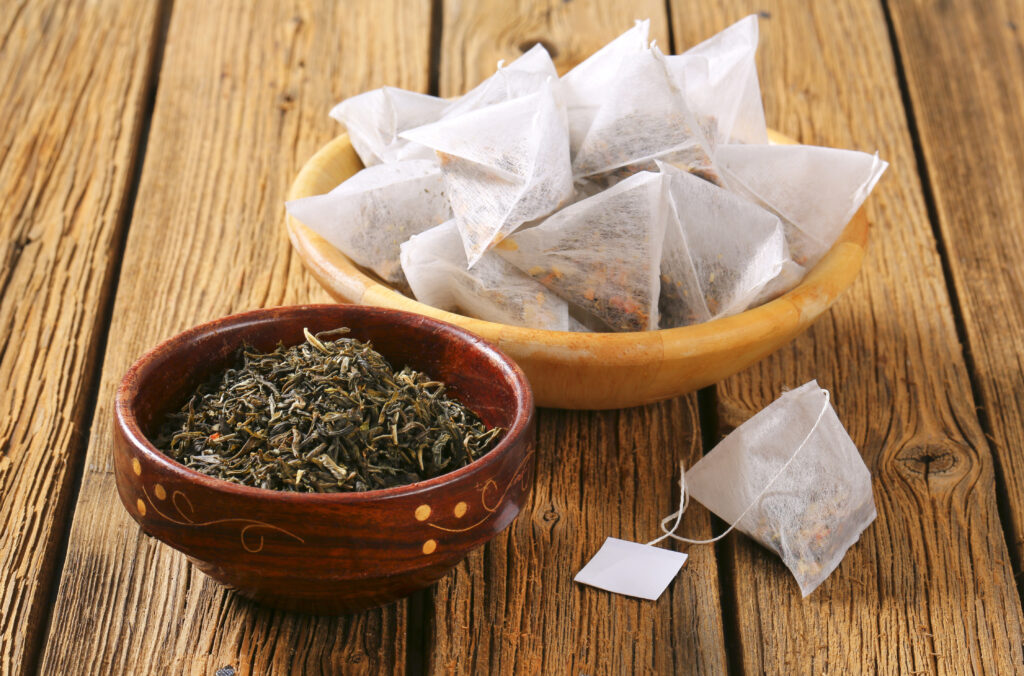
Tea adds organic matter and trace minerals that benefit soil. Loose tea leaves break down easily, while most paper tea bags can be composted whole. Herbal teas bring in a range of nutrients depending on the ingredients.
Be careful with modern tea bags, as some contain synthetic fibers. Removing staples or tags helps keep your compost free of unwanted materials. Once added, they enrich compost with a gentle, steady supply of nutrients.
Garden Plant Trimmings
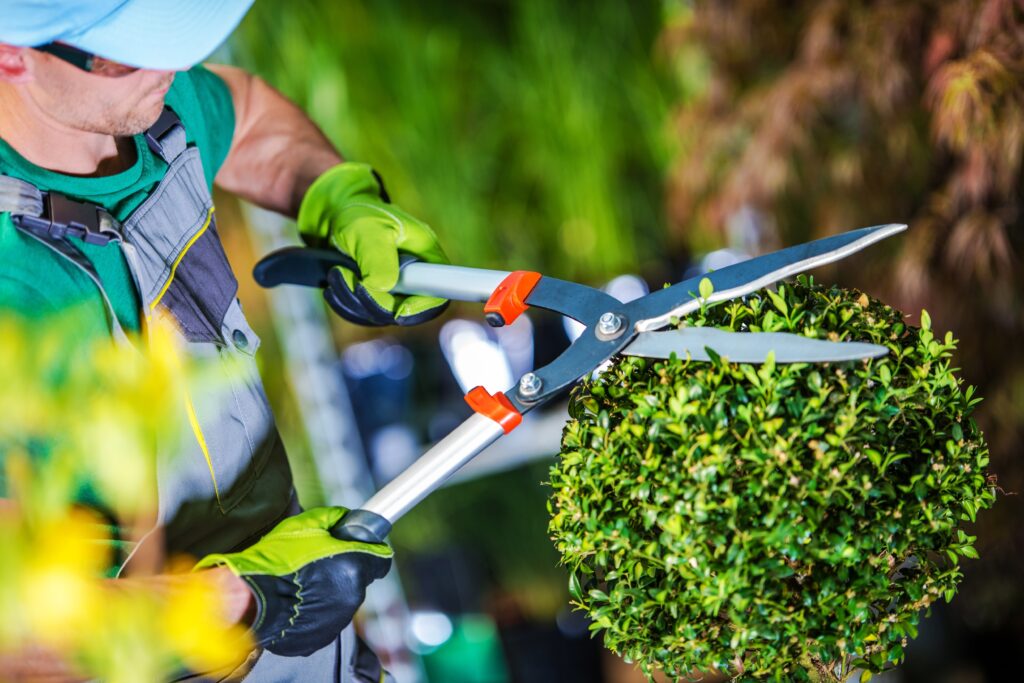
As vegetable gardens wind down, leftover plants can go straight into the compost pile. Tomato vines, bean plants, and other spent crops add bulk and organic matter. These trimmings are rich in nutrients that return to the soil after breaking down.
It’s best to chop the stems before adding them. Avoid diseased or pest-ridden plants, as they can spread problems into your compost. Healthy trimmings, however, will help produce a balanced, nutrient-rich mix by spring.
Pumpkin Shells and Fall Gourds
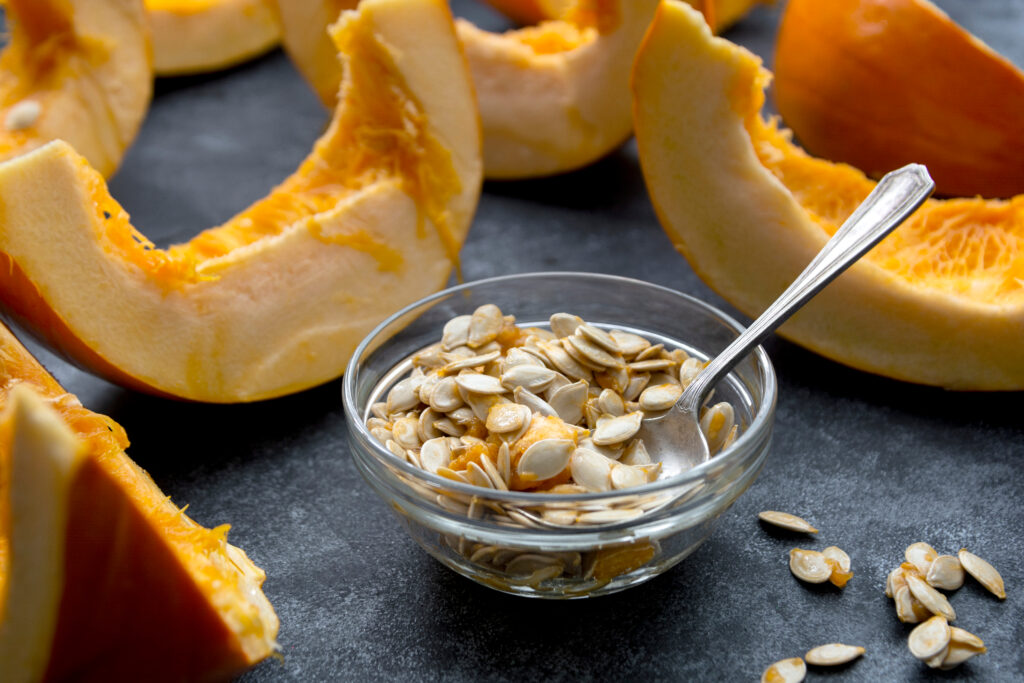
Seasonal leftovers like pumpkins and decorative gourds are excellent autumn compost materials. Once carved or no longer usable, chop them up and toss them in. They provide moisture, nitrogen, and valuable organic matter.
Their soft flesh breaks down quickly compared to other plant material. Even seeds will decompose over time, although some may sprout in spring. Mixing pumpkin shells with dry carbon materials helps them integrate smoothly.
Corn Stalks and Husks
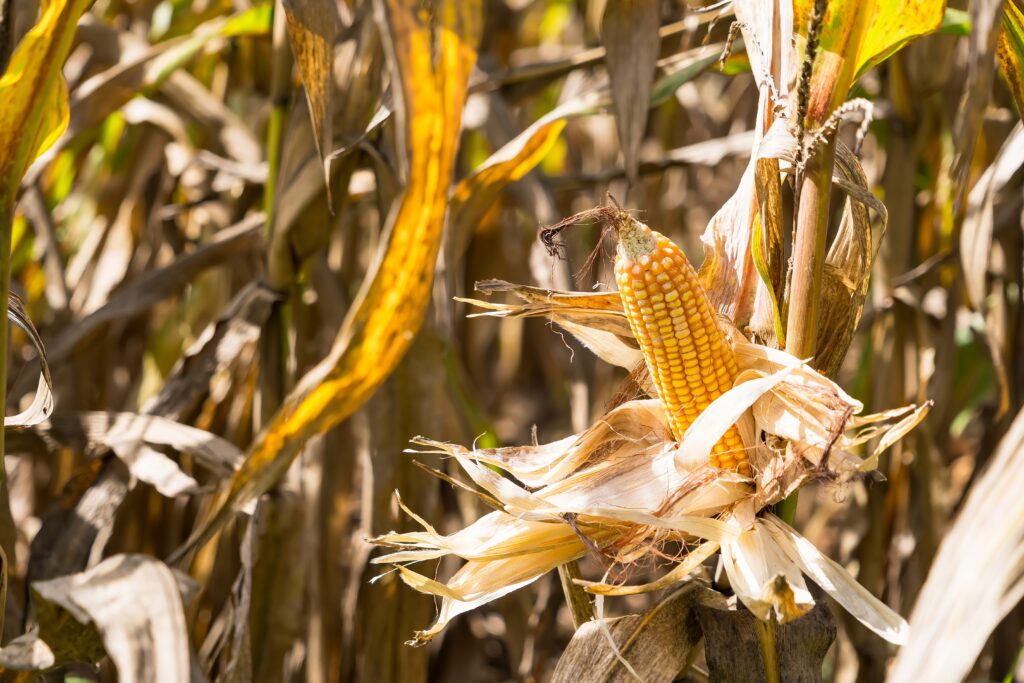
Corn stalks and husks are plentiful in autumn gardens. They provide carbon but can be tough to break down if left whole. Cutting or shredding them makes decomposition faster and easier.
Layering corn material with grass clippings or kitchen waste keeps the pile balanced. Husks break down quicker than stalks, so mixing both ensures a range of textures. By spring, they contribute to a loose, fertile soil structure.
Eggshells
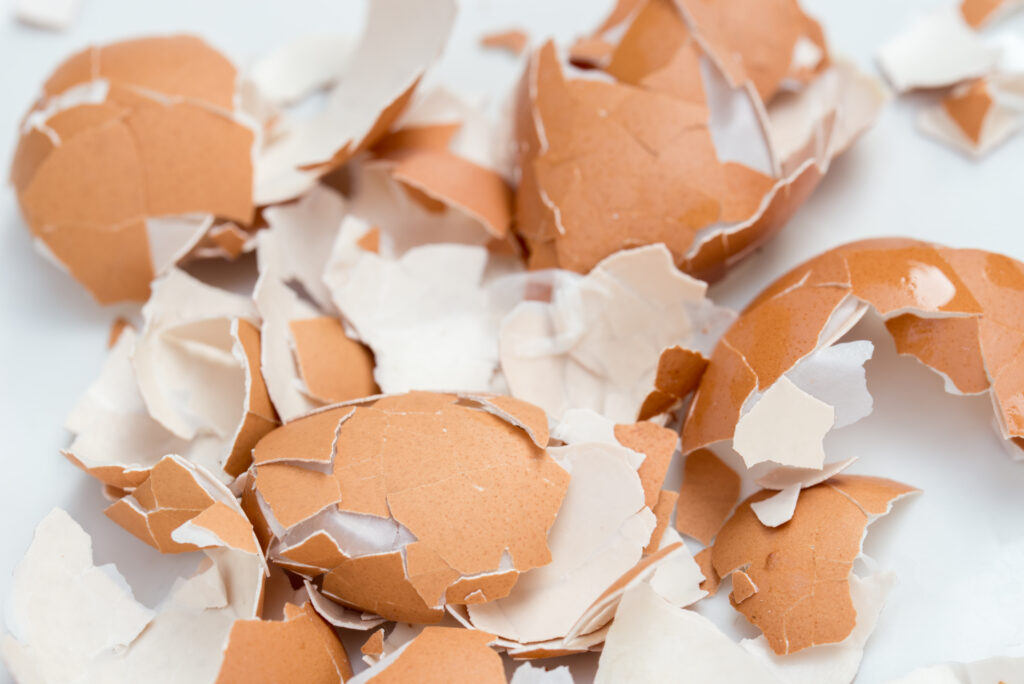
Crushed eggshells add calcium, which supports strong plant growth in the spring. Their rough edges also improve aeration and drainage in compost. Over time, they break down and blend seamlessly into the soil.
For faster results, rinse and crush shells before adding them. While they don’t decompose as quickly as vegetable scraps, they still bring long-term benefits. They’re especially helpful for preventing issues like blossom end rot in tomatoes.
Wood Ash (in moderation)
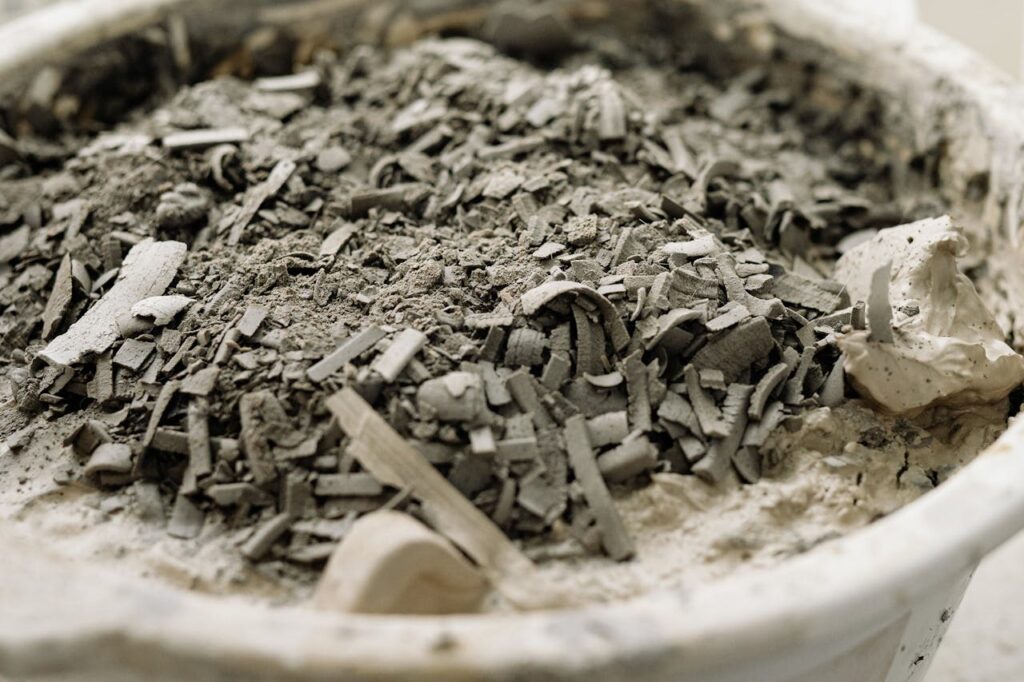
Wood ash from untreated logs provides potassium and calcium. It also helps reduce acidity in compost when sprinkled lightly. This makes it especially helpful if your pile has a lot of fruit or acidic waste.
Too much ash, however, can upset the balance and slow decomposition. Add it sparingly and mix well with other materials. A small amount goes a long way toward creating a nutrient-rich compost.
Straw or Hay
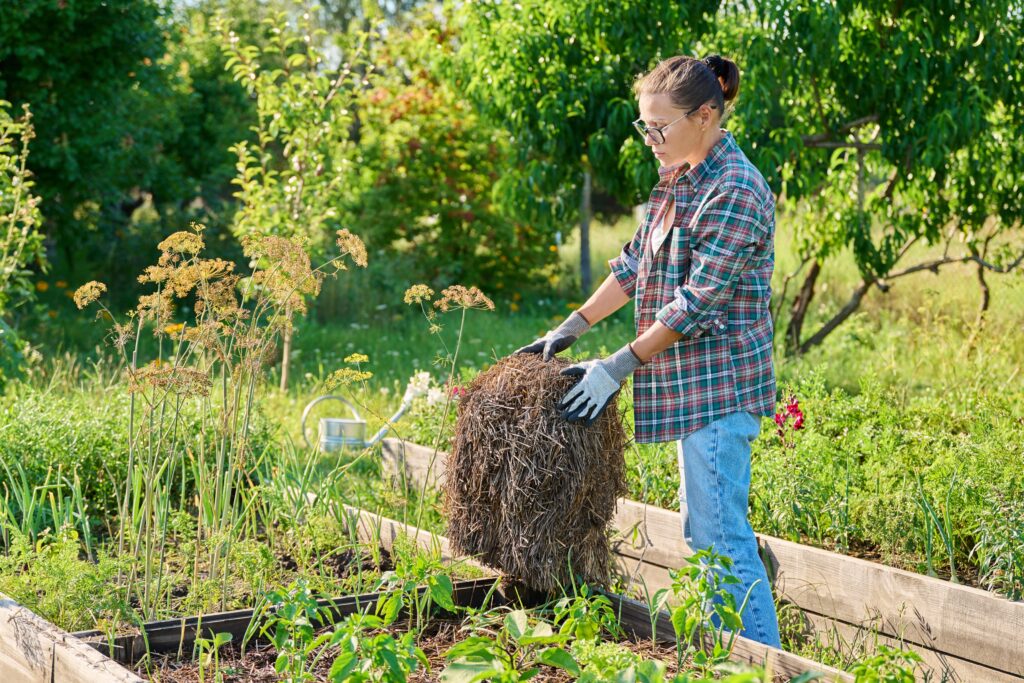
Straw or hay brings structure and air pockets into compost. These dry materials balance wet waste, preventing piles from becoming soggy. They also supply carbon that microbes need to work effectively.
Mixing straw with grass clippings makes a particularly good combination. The straw soaks up excess moisture while adding bulk. Over winter, it breaks down into material that keeps compost light and crumbly.
Shredded Newspaper or Cardboard
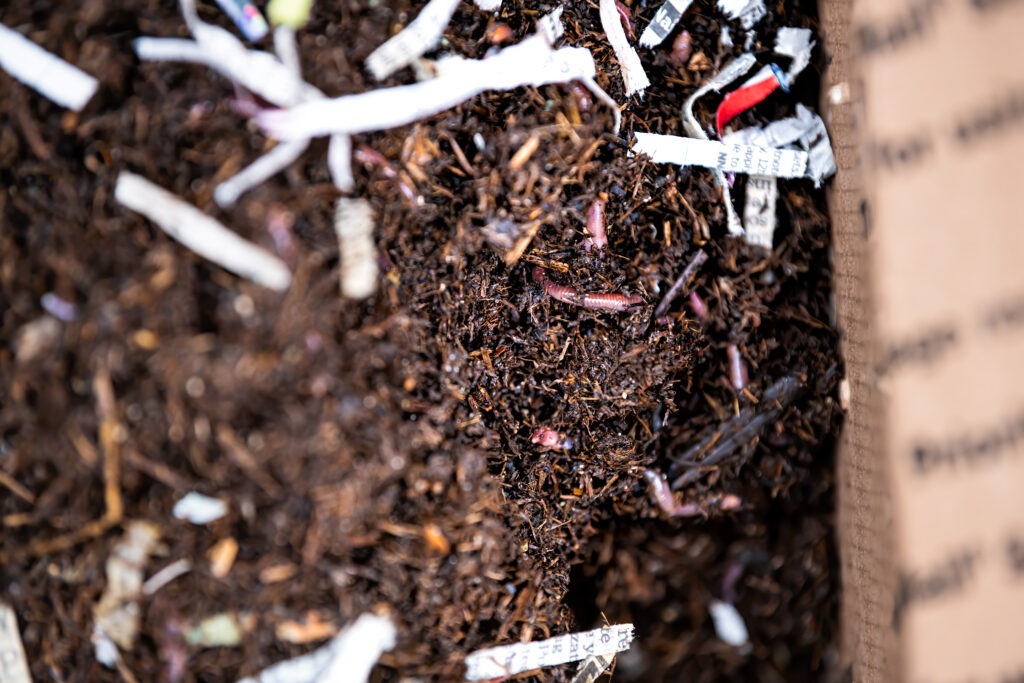
Shredded newspaper and cardboard are excellent carbon sources. They soak up moisture and help balance nitrogen-rich kitchen scraps. When mixed in, they improve airflow and prevent dense layers from forming.
Avoid glossy or heavily inked papers, as these can contain chemicals. Cardboard boxes, especially brown ones, work very well when torn into small pieces. They gradually break down into compost that improves soil texture.
Herb Garden Cuttings
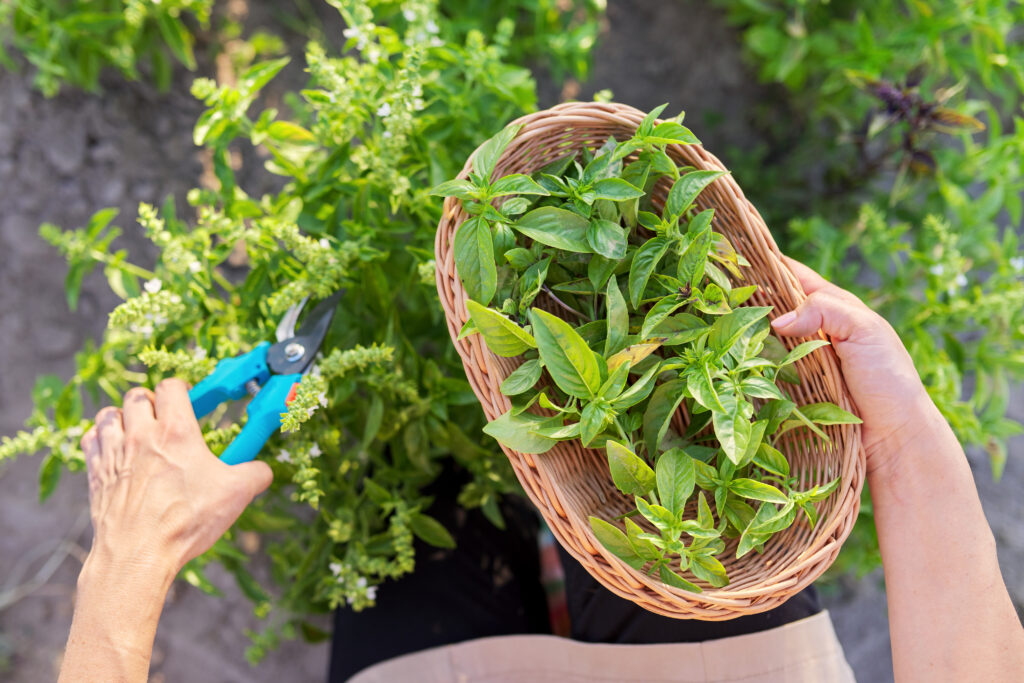
Mint, basil, oregano, and other herbs can go straight into the compost pile. They provide trace minerals and add diversity to the material mix. Their fragrant oils fade quickly as they break down, leaving behind nutrient-rich matter.
Cutting herbs into smaller pieces speeds decomposition. They combine nicely with fruit and vegetable scraps. Adding herbs in autumn means they’ll contribute to a well-rounded compost by spring.
Old Mulch or Dead Annuals
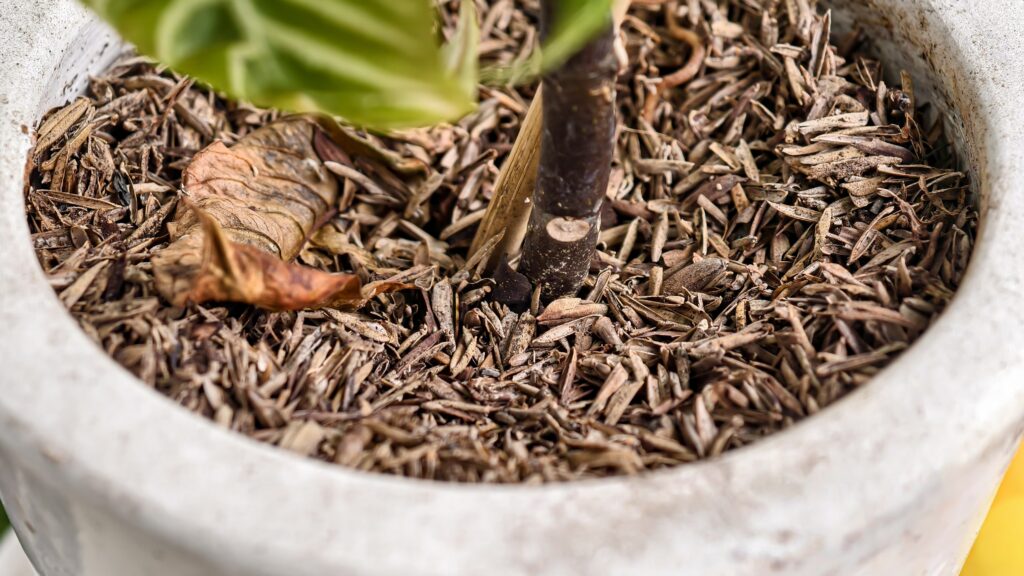
Spent mulch and annual flowers are often removed in autumn. Rather than throwing them away, they can be recycled in compost. They’re already partly decomposed, which means they integrate quickly.
Mixing mulch with fresh trimmings balances the pile. Annuals like marigolds or zinnias contribute organic matter that enriches soil later. By spring, these faded summer plants will be part of dark, fertile compost.
This article originally appeared on Avocadu.
